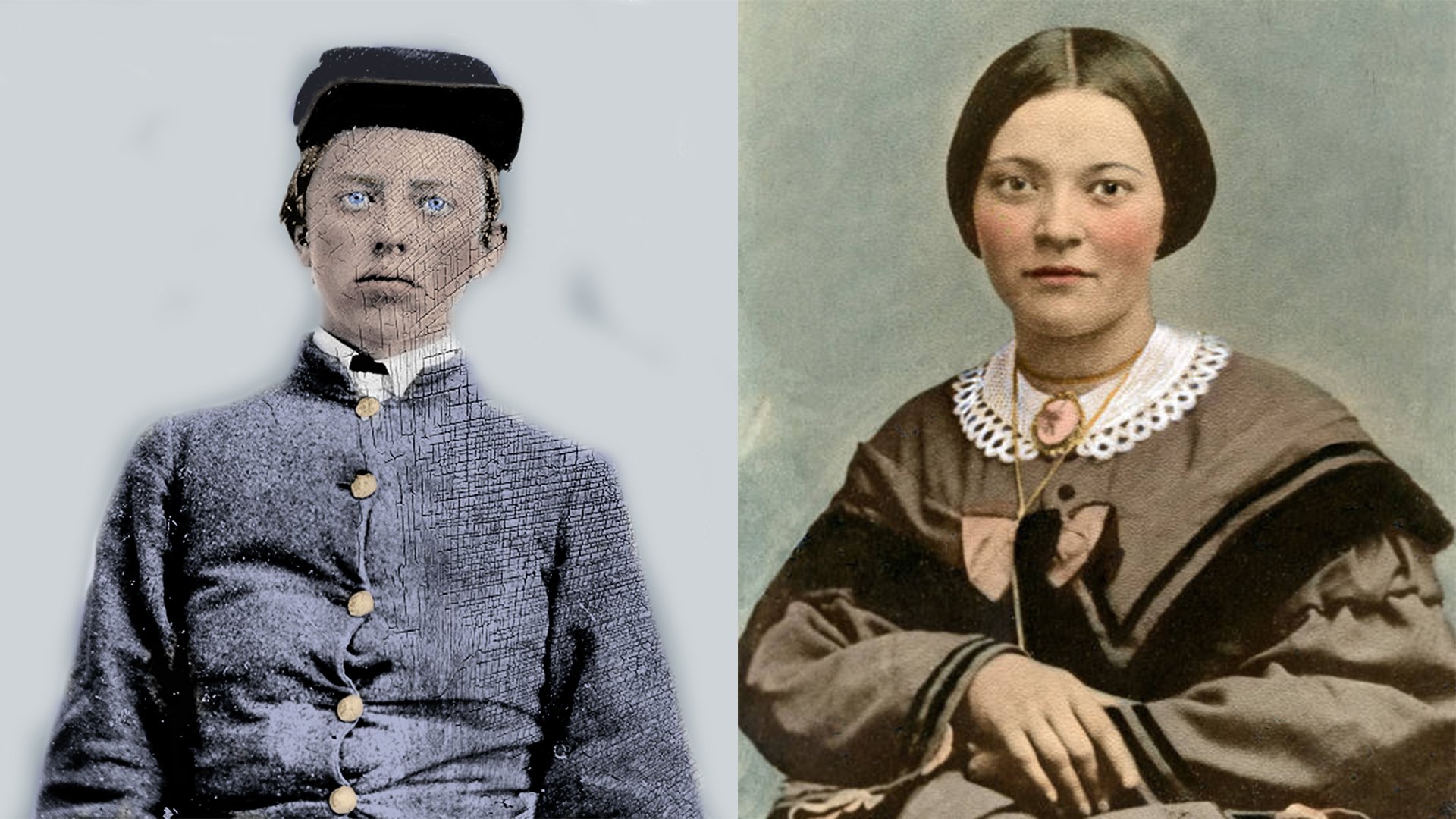
People
Learn about the Civil War in the Valley from the stories of the men, women, soldiers, and civilians that lived through it
John C. Breckinridge
General January 16, 1821 — May 17, 1875
On December 15, 1862, Breckinridge took leave in Richmond. Premature rumors of his death prompted the New York Times to print a quite vituperative obituary arguing that Kentucky’s decision to stay in the Union denied Breckinridge the notion of states’ rights to justify his siding with the Confederacy. Confederate leaders were skeptical of Bragg’s claims against Breckinridge, and in February 1864, Confederate President Jefferson Davis assigned him to the Eastern Theater and put him in charge of the Trans-Allegheny Department (later known as the Department of East Tennessee and West Virginia).
On May 5, Robert E. Lee ordered Breckinridge to take command of a reconnaissance mission to scout the federal forces under Franz Sigel near Winchester, Virginia. With a force of about 4,800 men, including 261 cadets from the Virginia Military Institute, he defeated Sigel’s 6,300 men at the Battle of New Market. The victory was considered one of his best performances as a general. Shortly thereafter, he reinforced Lee’s Army of Northern Virginia and played an important role in halting Grant’s advance at the Battle of Cold Harbor. During the battle, his troops repulsed a powerful Union attack. Breckinridge was wounded when a cannonball struck his horse and he was pinned underneath. He was still unable to walk or ride when Lee ordered him to take command of the survivors of the Confederate defeat at the Battle of Piedmont. Traveling by rail to Rockfish Gap on June 10, he marched his forces into the city of Lynchburg, Virginia. He was joined there by Lt. Gen. Jubal Early, who arrived just in time to save the Confederate forces from an assault by Union forces under David Hunter.
After Early and Breckinridge (who was now able to ride a horse) chased Hunter more than sixty miles away from the city, Lee ordered them to clear the Union forces from the Shenandoah Valley, then cross into Maryland and probed the defenses of Washington, D.C. Union forces’ only serious attempt to turn back the expedition was the Battle of Monocacy, but the Confederates prevailed and continued toward Washington. After the Battle of Fort Stevens, Early decided to withdraw rather than assault the well-fortified federal capital. Since Lincoln was watching the fight from the ramparts of Fort Stevens, this was only time in American history when two former opponents in a presidential election faced one another across battle lines. Early and Breckinridge were able to hold the Shenandoah Valley through July and August, but on September 19, 1864, Philip Sheridan forced their retreat at the Third Battle of Winchester. Responding to General John Brown Gordon’s admonition to be careful in the fight, Breckinridge responded, “Well, general, there is little left for me if our cause is to fail.”
After the death of John Hunt Morgan, Breckinridge again took command of the Department of East Tennessee and West Virginia. He reorganized the department, which was in great disarray. At the October 2, 1864, First Battle of Saltville, he was also able to protect critical Confederate salt works from forces under Stephen G. Burbridge, despite a lack of resources. The next morning, he discovered that soldiers under his command had killed about 100 wounded black Union soldiers of the 5th United States Colored Cavalry. Hearing the gunfire, he rushed to stop the massacre. He attempted to have the commander responsible, Felix Huston Robertson, arrested and put on trial, but was unable to achieve this before the Confederacy disintegrated.
In mid-November, Breckinridge led a raid into northeastern Tennessee, driving Alvan Cullem Gillem’s forces back to Knoxville. In December, he faced a two-pronged attack from George Stoneman at the Battle of Marion in Virginia. Badly outnumbered by either flank, Breckinridge resisted Stoneman’s forces until he ran low on ammunition. Stoneman’s forces were able to damage Confederate salt works, lead mines, and railroads in the area, as well as destroying supply depots at Bristol and Abingdon. Finally restocked with ammunition after three days, Breckinridge was able to drive Stoneman – whose men were now short of ammunition themselves – out of the area.

